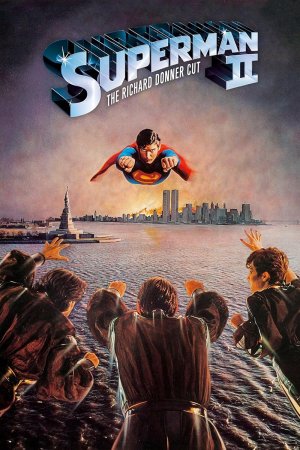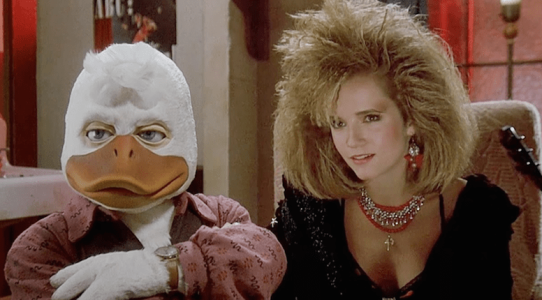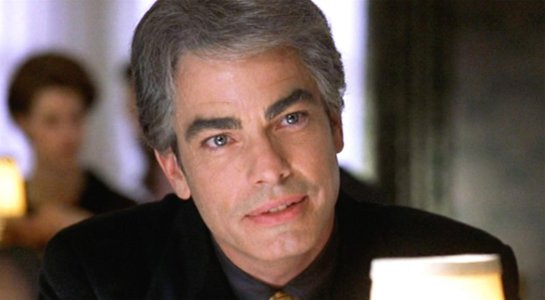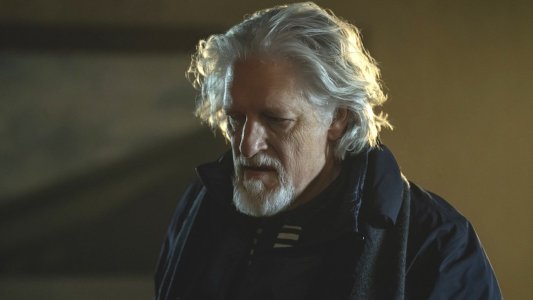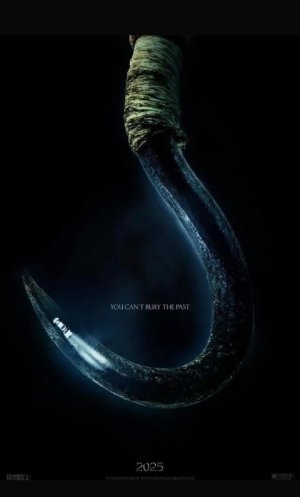Guillermo del Toro once told me that he considers The Shape of Water his most personal film. After all, it is the fruition of the auteur’s lifelong desire to offer a proper ending to the Universal Monster movies of yore. Whereas those films often pitied and even romanticized their creatures, they were still always doomed to loneliness and despair. The Shape of Water, by contrast, flips perceived tragedy on its head by presenting a supposed beast who is not a monster at all: he is a romantic hero. And those who might have scoffed at the Universal Monsters (or their fans) as “weird” and “perverse” once upon a time… their land of a purportedly great America is where the true demons lie.
Indeed, The Shape of Water is a sumptuous ode by del Toro to the monsters he loves and the creatures he fears, perhaps even more so in recent times. Set in a chilly and rain-soaked 1962, the filmmaker returns to the generation that was still growing up with Universal Monsters being replayed on their television screens, and an America that is often worshipped by the current political establishment as the good old days. Handicapped women like Elisa Esposito (Sally Hawkins) and minorities like Octavia Spencer’s Zelda Fuller are relegated to the night shift of cleaning government facilities. Ignored and invisible, the most acknowledgement they’ll get from some sneering superiors is that they’re only here to be “piss wipers.”
Meanwhile Michael Shannon’s Col. Richard Strickland is an all-American hero. A member of the U.S. military who has a ticket to the top (he’s verychummy with his five-star general boss), Shannon’s Strickland is a member of the unofficial club. He’s white, married, proudly Christian and quoting Bible verses while aggressively asserting his authority over a woman of color (he wonders why Zelda has no siblings like most of “her people”). In this time of a “great” America, things truly were great for him. If he peed on the floor, it was owed to him that the women wipe it. This is also why he views himself as the hero of his own story.
Like so many monster movies of yesteryear, the square jawed white man is supposed to be the romantic adventurer. He has returned from the Amazon with a creature, a thing. This apparent monster, played by del Toro’s constant collaborator, Doug Jones, is an aquatic marvel. Described as a river god by Amazonian locals, it is a majestic creation del Toro has conjured with his special effects department, obviously reminiscent of the eponymous beast of The Creature from the Black Lagoon, yet still very different… and not just for legal reasons.
The classic Universal Monsters were mostly created in artist Jack Pierce’s makeup chair, albeit the Black Lagoon beastie was primarily designed by Millicent Patrick (for which she received no credit at the time of 1954, largely due to her gender). They were meant to be as repellent and fearsome as they were wretched and lamentable. Boris Karloff’s Frankenstein Monster lumbered with a stumbling melancholy, and like Dracula, the Wolf Man, and yes even Lagoon’s Gill-Man, he summed up his plight in Bride of Frankenstein (1935) to his titular mate. “We belong dead.” There is no place for them in this world, and contemporary American consumers from the ‘30s to the ‘50s nodded their heads in agreement. Who could love such things?
Del Toro answers that question in The Shape of Water. Calling his film a literal “counterpoint” to the shot in Creature from the Black Lagoon when the Gill-Man swims longingly beneath a girl in a bathing suit, this movie is meant to explain why those two crazy kids should get together. They don’t belong dead, not when they come from a world as cold and gray, and dead, as post-50s America.
As such, Jones’ creature is graceful and strapping in his demeanor. Stunningly realized with makeup effects and minimal CGI, he inhabits one of the more gorgeously designed movies of 2017; he also brightens it from its period drab by simply appearing in its various sets and casting them aglow with movie magic. For he is touching the lives of the marginalized and forgotten every time he meets one of the “wipers.” Among them, the subject of his Amor is Hawkins’ Elisa, a quiet and mute girl who has been forgotten by her society. Her daily routine includes making breakfast, pleasuring herself before work, and going to endure the condescension and entitlements of the Stricklands of the world.
Shannon’s character embodies to a tee the sort of toxic masculinity that is currently dominating our daily news cycles. Quite intentionally too. Echoing the boasts of a then-braggart reality TV star, Strickland muses to his general that even after a minor accident at the lab, he still has his “***** finger” to do the Lord’s work. And like so many men who’ve felt insulated in their power over women for millennia, Strickland later attempts to corner Elisa in his office at one point, whispering between heavy breaths that “I don’t mind you can’t speak.” It actually makes things easier if she’s quiet, in point of fact.
Like everything else about The Shape of Water, there is nothing prototypical or broad about Shannon’s performance. Elisa’s daily miseries are implicitly linked with his impunity over her and everyone else in the film. Set in a 1962 corner of America that looks like the ‘50s are still thriving, Strickland is a layered monster made of fleshy white privilege and entitlement, and everything else that is supposedly great about his time. In his one scene with a black man in the film, he towers over the stronger figure like a malevolent god, confident in the social structures that allow him to talk and cow people of color in any context.
Conversely, Elisa and her one friend, the even lonelier Giles (Richard Jenkins), live in the shadows as essentially throwaways. Giles is a not-so-closeted gay man who lost his job at an advertising agency after an “incident” and continues to lust after younger men from afar. But he is condemned to stay in the margins in a world possessed by Strickland and the beasts of his ilk. That is perhaps why he too eventually understands Elisa’s empathy and passion for Jones’ Amphibian Man. There is something noble and pure about a being who judges all men and women by their virtue and not their rank.
In the eyes of this creature, a mute woman is a goddess, and maybe an aged gay man is also worthy. By contrast, the white Christian who demands complete devotion is the Devil himself. The square jawed hero of The Creature from the Black Lagoon or King Kong, or any other creature feature that set del Toro’s mind afire is the true epitome of the banal evils of their times. Ours too if they can wrap themselves in enough “Christian values” to blind followers to where they place their fingers. If so, this movie’s creature might be a gift from the heavens, if not a god. As with The Shape of Wateritself, the creature of this film cuts an unusual yet intimately familiar romantic outline, representing escape from the all-too-real abominations of our world.













